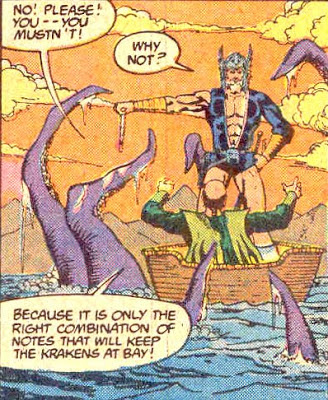A Tale from a Spacer's Bar is a two hundred (at least) year-old work of fiction that has appeared in many different media. It's author and the world that it originated on has been lost to history--in fact several variant forms exist, so it is difficult even to determine what the original contents were. The work is an anthology of intertwining short stories and vignettes that the nameless narrator hears (and ultimately participates in) in several different bars catering to star pilots and crew on several different worlds. Here are a sampling of images appearing in various adaptations of A Tale over the years:
"The Prospector's Tale" involves an encounter on an all but lifeless world between a determined misanthrope and a deva. The prospector is taken to the devas' diamondoid sphere habitat, where ironically, his dislike of his fellow man saves him from a demon sprung from the malfunctioning moon-size brain.
This scene is from a retro-psychedelic sim version of "The Clubber's Story." The club habitué (already high on chroma) takes a large dose of an experimental drug called "Proteus V" (a substance generally thought to be fictional). After a serious of comical mishaps, ve accidentally opens a forgotten spacetime oubliette and frees an angry contingent of amazons. Even worse, the amazon commander takes an amorous interest in ver.
"The Three Grifters and the Almost Aptheosis" involves the mysterious artifact known as the Apotheosis Maze. Two humans and a moravec in possession of a dubious map of the Maze set out in a stolen ship with the plan to walk the path and gain godhood. The ambiguous ending of the tale inspired the "Blue Shift" movement in the Gods and Devils neurosymphony by the composer collective Orm 7 Trang.
17 minutes ago
























